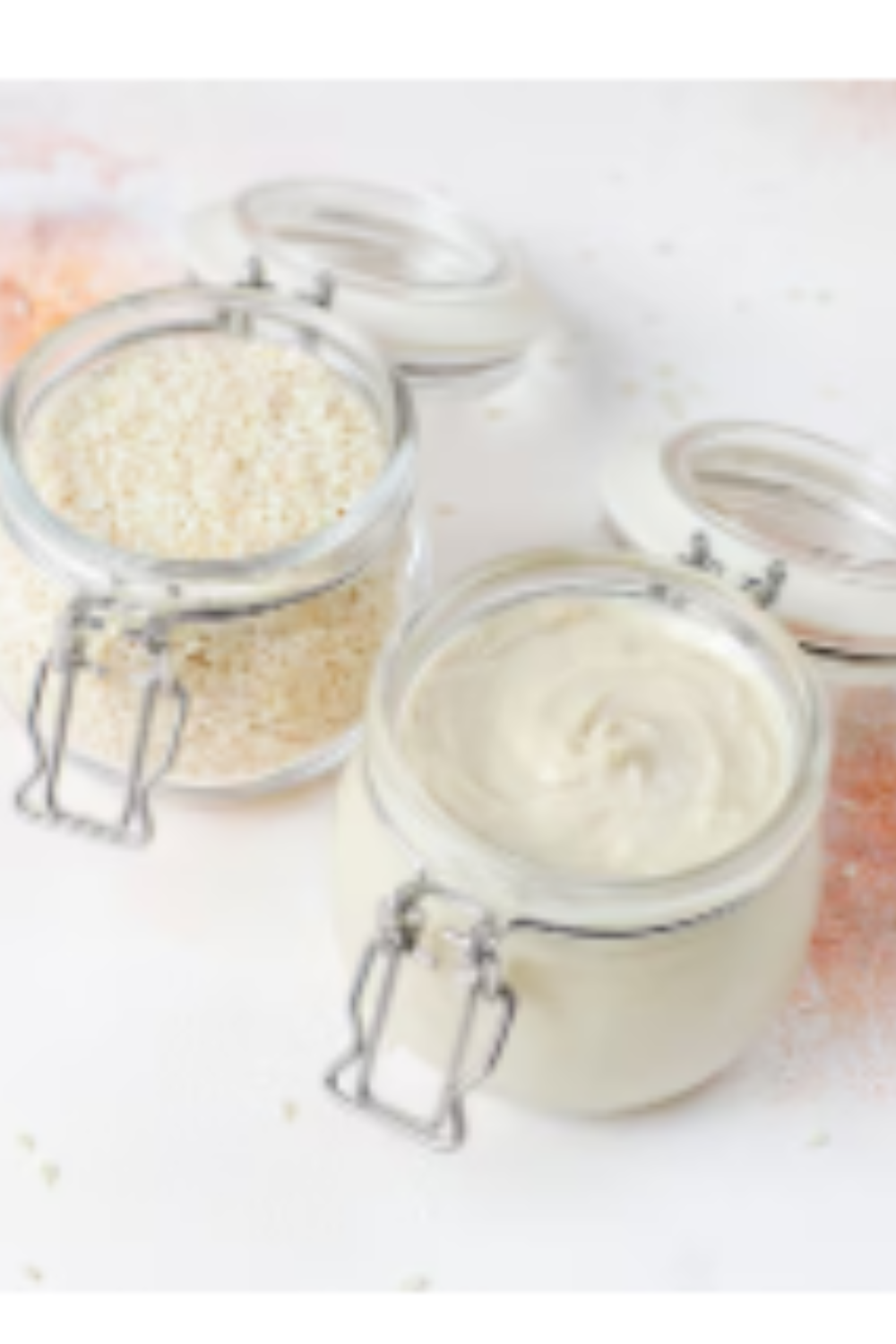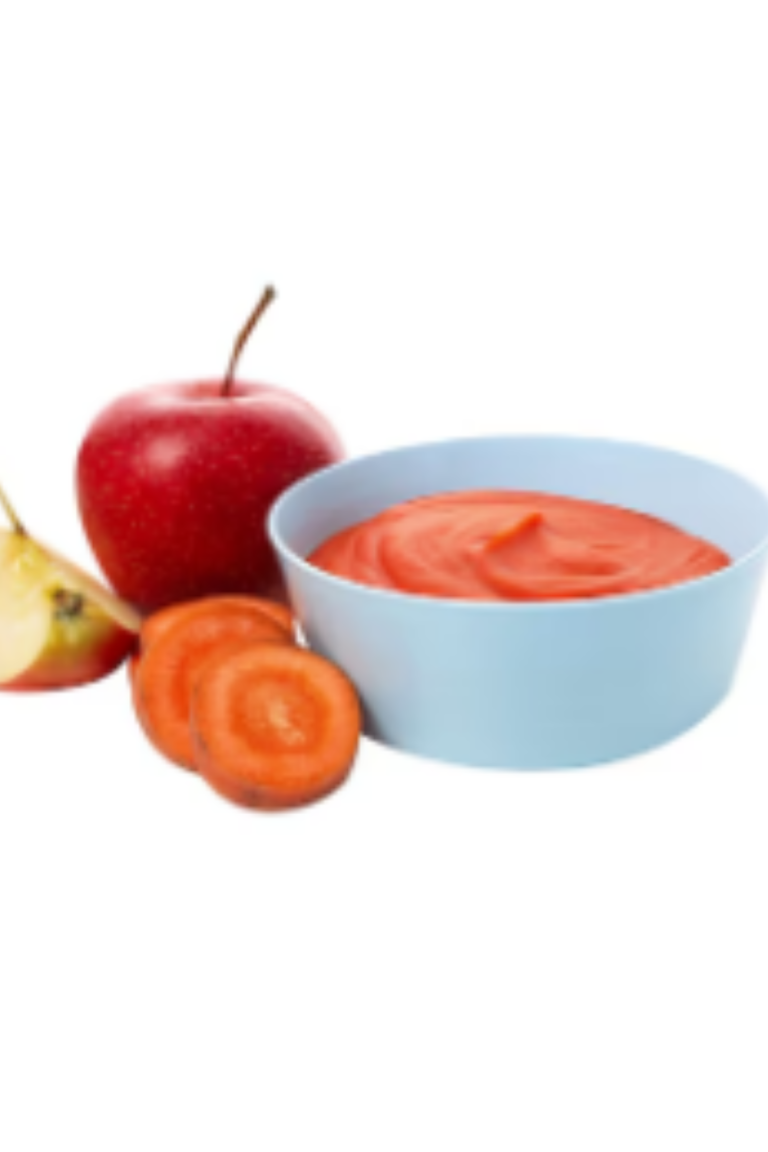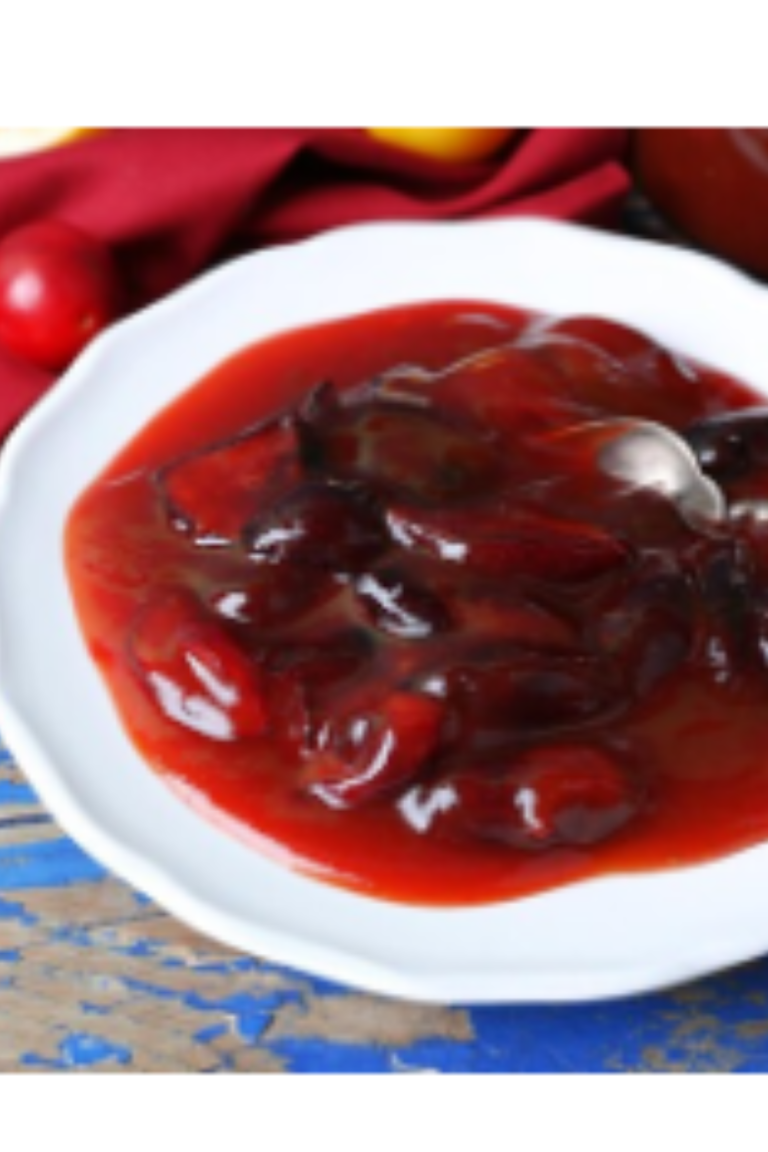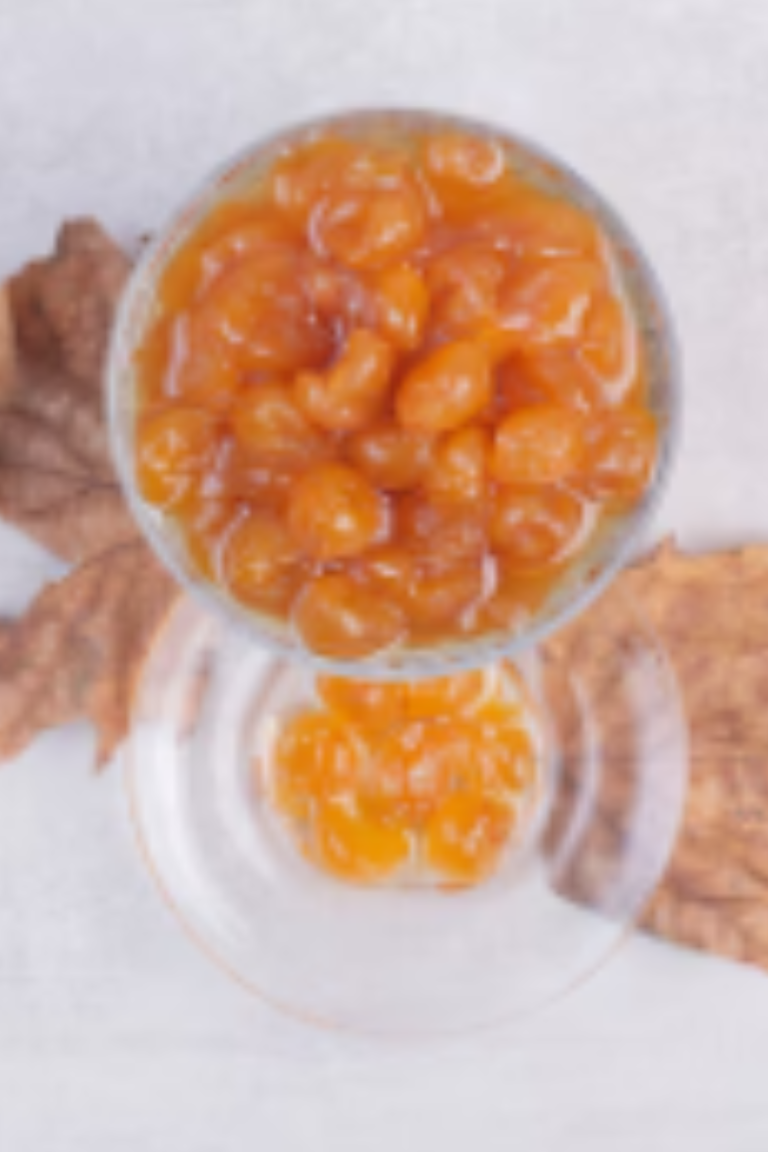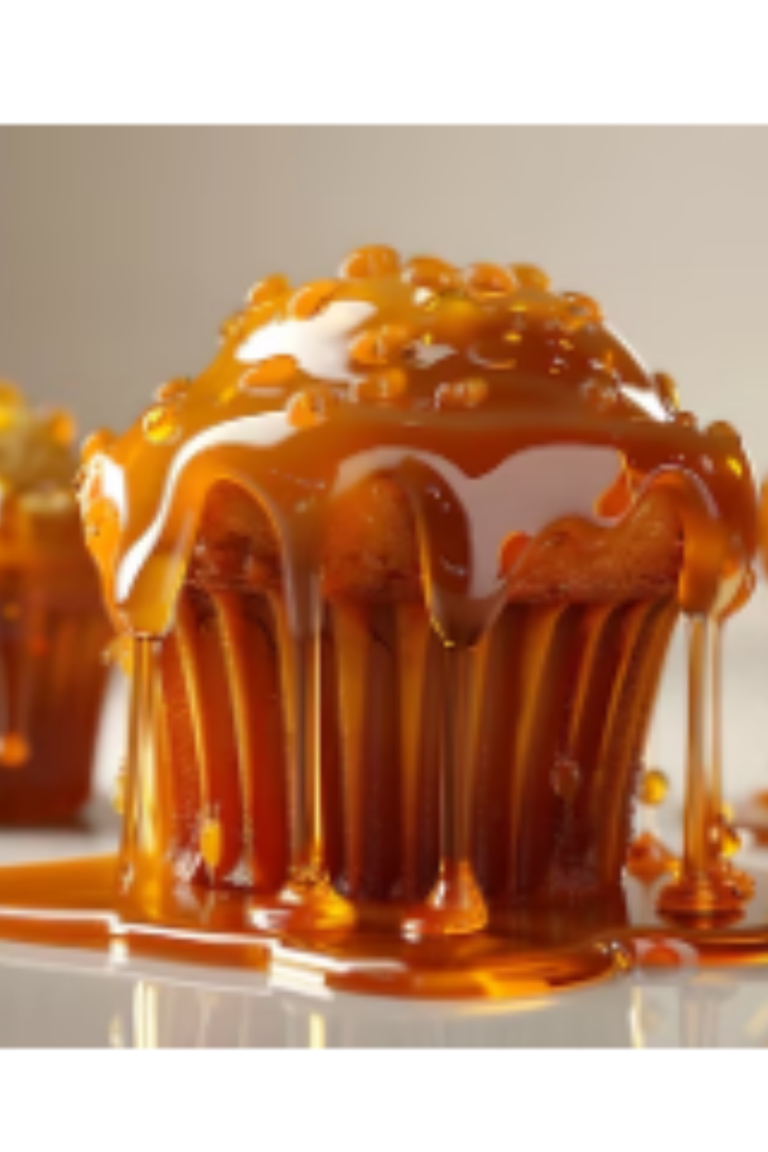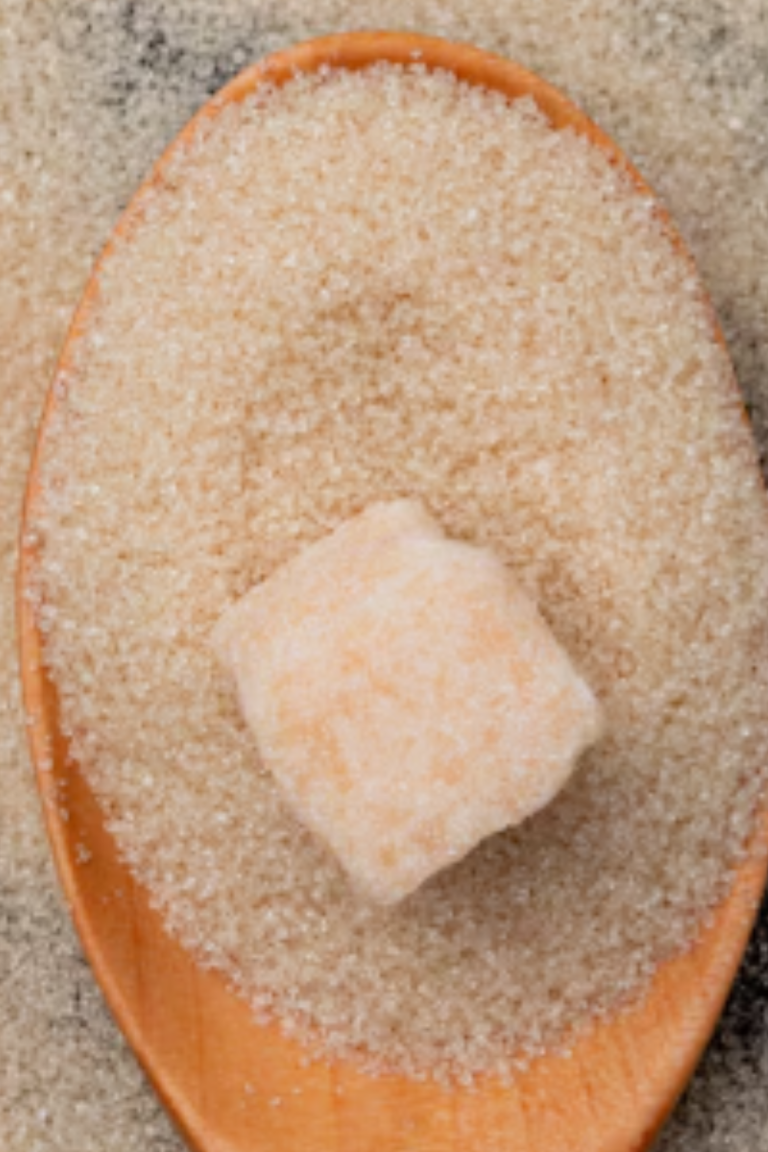DMP: Dry Milk Powder role in cakes Clarified
In this topic, I’m going to talk about Dry Milk Powder (DMP) and its role in cakes, drawing from my own personal experience.
Table of Contents
ToggleWhat is Dry Milk Powder (DMP)?
Dry Milk Powder, often abbreviated as DMP, is essentially milk that has been evaporated to remove moisture, resulting in a dry, powdered form. It’s a convenient alternative to liquid milk in various applications, including baking. This powder retains all the nutritional benefits of regular milk but in a concentrated form, making it easier to store and use. Check out the right Dry Milk Powder, cake tools, and ingredients that you need here.
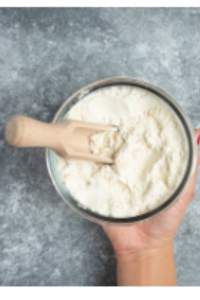
Its Role in Cakes
When it comes to baking cakes, DMP plays a crucial role in enhancing both texture and flavor. Here’s how:
Enhancing Moisture and Texture
DMP acts as a moisture retainer in cake batter. The powder absorbs liquid and holds it within the batter, resulting in a moist and tender crumb after baking. This is particularly beneficial in cakes that require prolonged shelf life without compromising on quality.
Improving Structure
In cake recipes, DMP acts as a stabilizer. It strengthens the batter’s structure, allowing it to rise evenly during baking and preventing collapse post-baking. This is essential for achieving a fluffy and well-formed cake. Check out the right Dry Milk Powder, cake tools, and ingredients that you need here.
Enhancing Flavor
Despite being in powdered form, DMP contributes to the overall flavor profile of cakes. It imparts a subtle milky taste that complements other ingredients without overwhelming the palate. This is especially noticeable in cakes where the flavor of milk is desirable but using liquid milk might alter the consistency of the batter.
Practical Application
To incorporate DMP into your cake recipes, simply replace a portion of the flour with an equal amount of DMP. Ensure thorough mixing to distribute the powder evenly. Additionally, adjust the liquid content slightly to accommodate the powder’s moisture-retaining properties. This adjustment ensures that the cake batter maintains the desired consistency.
Dry Milk Powder (DMP) serves as a versatile ingredient in cake baking, contributing to moisture retention, structural integrity, and flavor enhancement. By understanding its role and application, you can elevate your baking skills and achieve consistently delicious cakes. Check out the right Dry Milk Powder, cake tools, and ingredients that you need here.
Comparing Dry Milk Powder (DMP) with Liquid Milk in Cake Baking
Now let’s drill deeper into the comparison between Dry Milk Powder (DMP) and liquid milk when used in cake baking. Each has its own advantages and considerations, affecting the outcome of your cakes in distinct ways.
Shelf Life and Storage
Dry Milk Powder (DMP): One of its primary advantages is its extended shelf life. DMP can be stored at room temperature for months or even years without spoiling, as long as it’s kept in a cool, dry place. This makes it ideal for long-term baking projects or when fresh milk isn’t readily available.
Liquid Milk: In contrast, liquid milk requires refrigeration and has a much shorter shelf life. It’s perishable and needs to be used within a few days of opening, which can be limiting for batch baking or when planning ahead.
Moisture Retention
Dry Milk Powder (DMP): DMP excels in moisture retention. Its powdered form allows it to absorb and hold onto liquid more effectively than liquid milk. This attribute is beneficial in cake baking, where maintaining moisture is crucial for a soft, moist texture.
Liquid Milk: While liquid milk contributes moisture to cake batters, it can also affect the batter’s consistency. Liquid milk’s water content may alter the balance of ingredients and require adjustments in the overall recipe to achieve the desired texture. Check out the right Dry Milk Powder, cake tools, and ingredients that you need here.
Flavor Intensity
Dry Milk Powder (DMP): DMP adds a subtle milky flavor to cakes without overwhelming other ingredients. Its flavor profile enhances the overall taste of the cake, providing a hint of dairy richness that’s pleasing to the palate.
Liquid Milk: Depending on its fat content and freshness, liquid milk can impart a more pronounced dairy flavor to cakes. This can be desirable in certain recipes where a stronger milk taste is desired.
Convenience and Versatility
Dry Milk Powder (DMP): DMP offers convenience in storage and usage. It’s easy to measure and incorporate into dry ingredients, making it suitable for both home baking and commercial production. Its long shelf life adds to its versatility.
Liquid Milk: Liquid milk is readily available and often used in everyday baking. It requires minimal preparation and is straightforward to measure and pour into recipes. However, its shorter shelf life and storage requirements can be limiting in some situations. Check out the right Dry Milk Powder, cake tools, and ingredients that you need here.
comparison tabular
Here’s a comparison table highlighting the key notes and considerations between Dry Milk Powder (DMP) and liquid milk in cake baking:
| Aspect | Dry Milk Powder (DMP) | Liquid Milk |
|---|---|---|
| Shelf Life | Long shelf life; can be stored for months or years | Short shelf life; requires refrigeration and used within days |
| Moisture Retention | Excellent moisture retention; enhances texture | Contributes moisture but can alter batter consistency |
| Flavor | Subtle milky flavor; enhances overall taste | Pronounced dairy flavor; adds distinct milk taste |
| Convenience | Convenient for storage and measuring | Readily available and easy to pour into recipes |
| Usage | Mixes easily into dry ingredients | Requires minimal preparation; used directly |
| Versatility | Suitable for both home and commercial baking | Commonly used in everyday baking |
Key Considerations:
- Shelf Life: DMP is advantageous for long-term storage without refrigeration, making it suitable for extended baking projects.
- Moisture Retention: DMP absorbs and retains moisture effectively, contributing to a moist and tender cake texture.
- Flavor: DMP adds a subtle milky taste, while liquid milk provides a more pronounced dairy flavor.
- Convenience: DMP is convenient for measuring and storing, whereas liquid milk is immediately usable but requires refrigeration.
- Usage: DMP mixes well into dry ingredients, while liquid milk is poured directly into recipes.
- Versatility: Both have their applications; DMP is versatile due to its extended shelf life, while liquid milk is readily available for immediate use.
Understanding these differences allows you to choose the best option based on your baking needs, preferences, and the desired characteristics of your cakes. Check out the right Dry Milk Powder, cake tools, and ingredients that you need here.
FAQs on Using Dry Milk Powder (DMP) in Cake Baking
Here are some frequently asked questions (FAQs) about using Dry Milk Powder (DMP) in cake baking:
1. What is Dry Milk Powder (DMP)?
Dry Milk Powder (DMP) is milk that has been evaporated to remove moisture, leaving behind a dry, powdered form. It retains all the nutritional benefits of regular milk but in a concentrated form.
2. How does Dry Milk Powder (DMP) enhance cakes?
DMP enhances cakes by improving moisture retention, enhancing texture, and adding a subtle milky flavor. It helps create a soft, moist crumb and contributes to the overall structure of the cake.
3. Can I substitute Dry Milk Powder (DMP) for liquid milk in any cake recipe?
Yes, you can substitute DMP for liquid milk in most cake recipes. Replace a portion of the flour with an equal amount of DMP and adjust the liquid content slightly to maintain the desired batter consistency.
4. What are the advantages of using Dry Milk Powder (DMP) over liquid milk?
The advantages of using DMP include its long shelf life, convenience in storage and measuring, and its ability to enhance moisture retention without altering the cake’s consistency significantly.
5. How do I store Dry Milk Powder (DMP)?
Store DMP in an airtight container in a cool, dry place. It does not require refrigeration and can be kept for extended periods, making it ideal for stocking up for baking projects.
6. Can I use Dry Milk Powder (DMP) in other baked goods besides cakes?
Yes, DMP can be used in a variety of baked goods, including cookies, muffins, and bread. It adds moisture, enhances texture, and subtly enhances the flavor of these baked treats. Check out the right Dry Milk Powder, cake tools, and ingredients that you need here.
Final Words
Dry Milk Powder (DMP) is a versatile ingredient that can elevate your cake baking experience. Whether you’re aiming for a moist, tender crumb or looking to extend the shelf life of your baked goods, DMP offers practical solutions without compromising on taste or quality. Experiment with incorporating DMP into your favorite cake recipes to discover the difference it can make in texture and flavor. Enjoy baking.

Hi!
I’m Mike, the creator of Forum Foodies. In my own personal experience, understanding ingredients is key to great cooking.
Forum Foodies offers guides on various ingredients, from staples to exotic finds. Join our community, share your experiences, and learn from fellow food lovers.
Have questions or suggestions? Email me at info@forumfoodies.com. Let’s embark on this delicious adventure together.
Happy cooking.
Mike/
Related Posts
- DMP: Double Milk Powder role in cakes Clarified
In this topic, I'm going to talk about DMP - Double Milk Powder in my…
- DMF: Dry Milk Flour role in cakes Clarified
In this topic, I'm going to talk about DMF - Dry Milk Flour in my…
- EMC: Eggless Milk Cream role in cakes Clarified
If you love baking but want to avoid using eggs, then you're in for a…
- CDM: Condensed Milk role in cakes Clarified
In this topic, I'm going to talk about condensed milk and its role in cakes,…
- CMT: Coconut Milk Topping role in cakes Explained
In this topic, I'm going to talk about the role of Coconut Milk Topping (CMT)…
- GP: Grape Powder role in cakes Clarified
In this topic, I'm going to talk about grape powder and its role in cakes,…
- AMF: Almond Milk Frosting its role in cakes Clarified
In this topic, I'm going to talk about Almond Milk Frosting, sharing insights from my…
- CMP: Creamy Milk Paste role in cakes Explained
In this topic, I'm going to talk about a delightful ingredient that has been a…
- AMC: Almond Milk Concentrate role in cakes Clarified
In this topic, I'm going to talk about AMC - Almond Milk Concentrate and its…
- CCM: Caramelized Coconut Milk role in cakes Clarified
In this topic, I'm going to talk about Caramelized Coconut Milk in my own personal…
- EMF: Evaporated Milk Frosting role in cakes Explained
In this topic, I'm going to talk about Evaporated Milk Frosting (EMF) in my own…
- HMP: Hazelnut Milk Paste role in cakes Explained
In this topic, I'm going to talk about Hazelnut Milk Paste (HMP) and its role…
- PMF: Peanut Milk Frosting role in cakes Explained
In this topic, I’m going to talk about PMF - Peanut Milk Frosting, based on…
- DCP: Dark Cocoa Powder role in cakes Explained
In this topic, I'm going to talk about DCP - Dark Cocoa Powder in my…
- CLP: Clove Powder role in cakes Clarified
Ever wondered why your favorite holiday cake has that warm, spicy note that makes it…

